
One question has consumed airport lounges to Capitol Hill corridors: How much longer can the nation endure the longest government shutdown in U.S. history? An answer may be at hand. On Monday evening, the Senate passed a bipartisan bill to reopen the government, with eight members of the Democratic caucus joining Republicans to break a weeks-long stalemate. The measure now goes to the House, where a Wednesday vote could end the 43-day shutdown and restore frozen services within days.
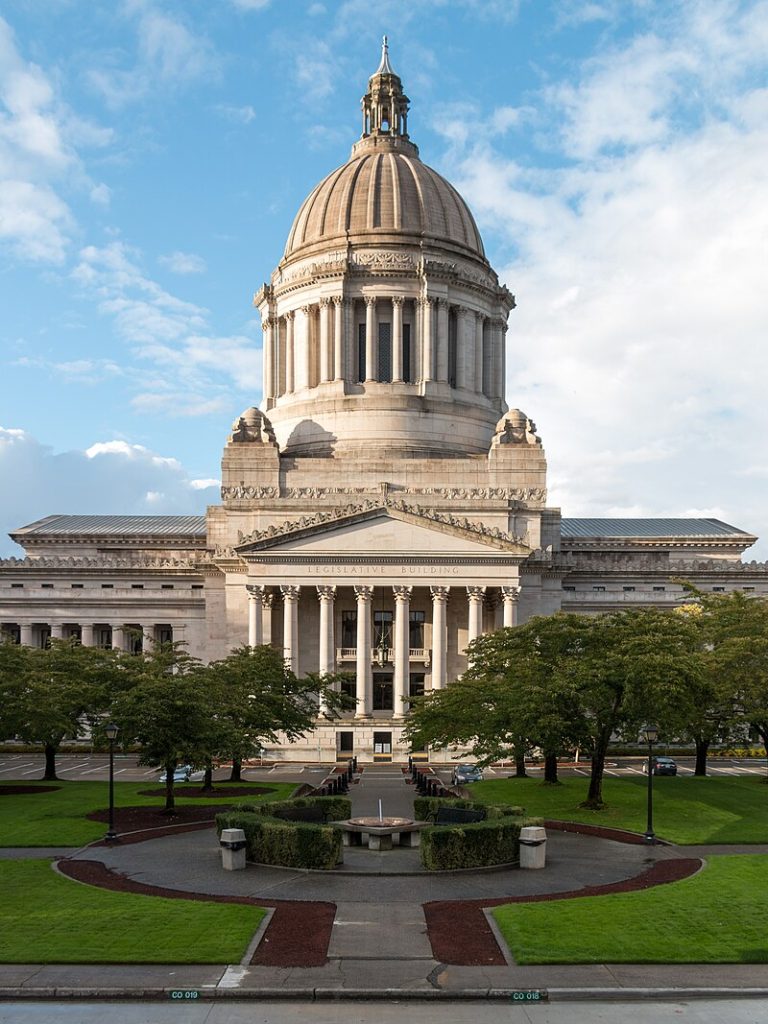
1. The Legislative Way Ahead
House Speaker Mike Johnson called on lawmakers to return to Washington despite widespread travel disruptions. The bill’s passage seems assured with popular holding a slim 219–214 majority, but with President Trump now openly supporting the bill. “We have enough Democrats on board and we’re going to be opening up our country,” he told reporters. The legislation would keep most of the government running at current levels until Jan. 30 while fully funding departments including Agriculture and Veterans Affairs through September.

2. Economic Burden and Market Ripples
The economic cost of the shutdown has been steep: EY Parthenon estimates it has erased $55 billion in output, shaving 0.8 percentage points off quarterly GDP growth. Each additional week has cost about $7 billion. Although some losses will be made up when spending ramps up again, around 20% of the damage-missed restaurant meals, canceled trips-will be permanent. Markets have already responded to the breakthrough in the Senate, where oil prices and Treasury yields rose on optimism that the impasse will end.
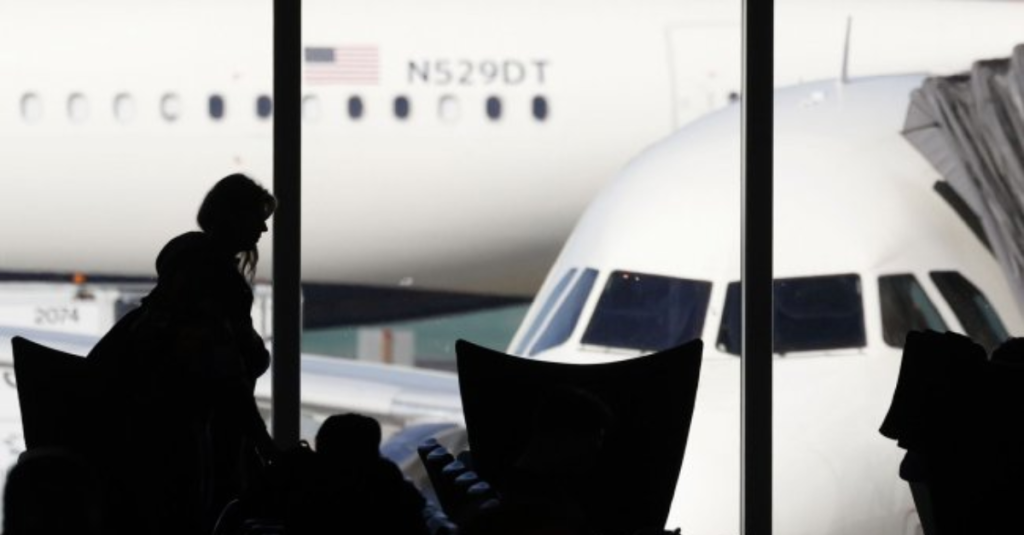
3. Air Travel Disruptions
The 6% flight reductions imposed by the Federal Aviation Administration for 40 major airports have led to several thousands of cancellations. Over 1,000 flights were canceled this Tuesday alone. Delays mounted as staffing shortages among air traffic controllers-most of whom are working without pay-further exacerbated delays. Controllers have been “working six-day weeks and ten-hour days without any pay,” said the National Air Traffic Controllers Association, underscoring stress on critical infrastructure.
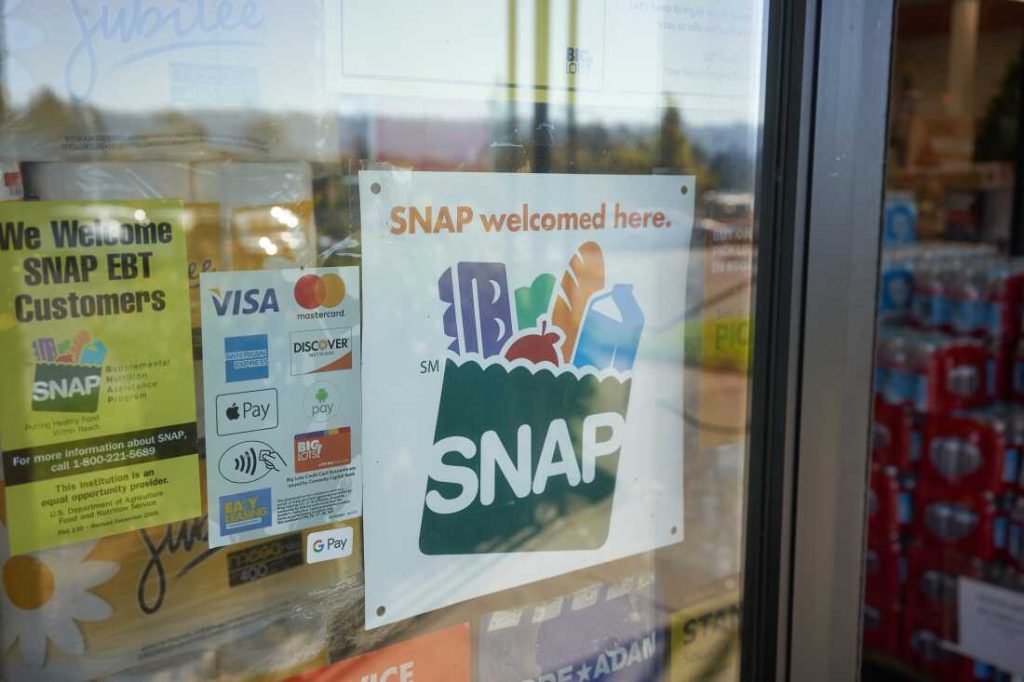
4. SNAP Benefits in Limbo
The measure would restore full funding for the Supplemental Nutrition Assistance Program through September, after weeks of uncertainty for more than 40 million Americans who depend on the aid. The administration had, during the shutdown, ordered states to “undo” efforts to distribute full November benefits, causing confusion and hardship. Experts at the Food Research & Action Center said the disruption was unprecedented – past shutdowns avoided interrupting SNAP.

5. Political Divisions Within the Democratic Party
The deal has exposed divisions among Democrats. Progressive lawmakers criticized the lack of an extension of Affordable Care Act subsidies, a key priority at the shutdown’s start. Sen. Bernie Sanders labeled the omission a “horrific mistake.”
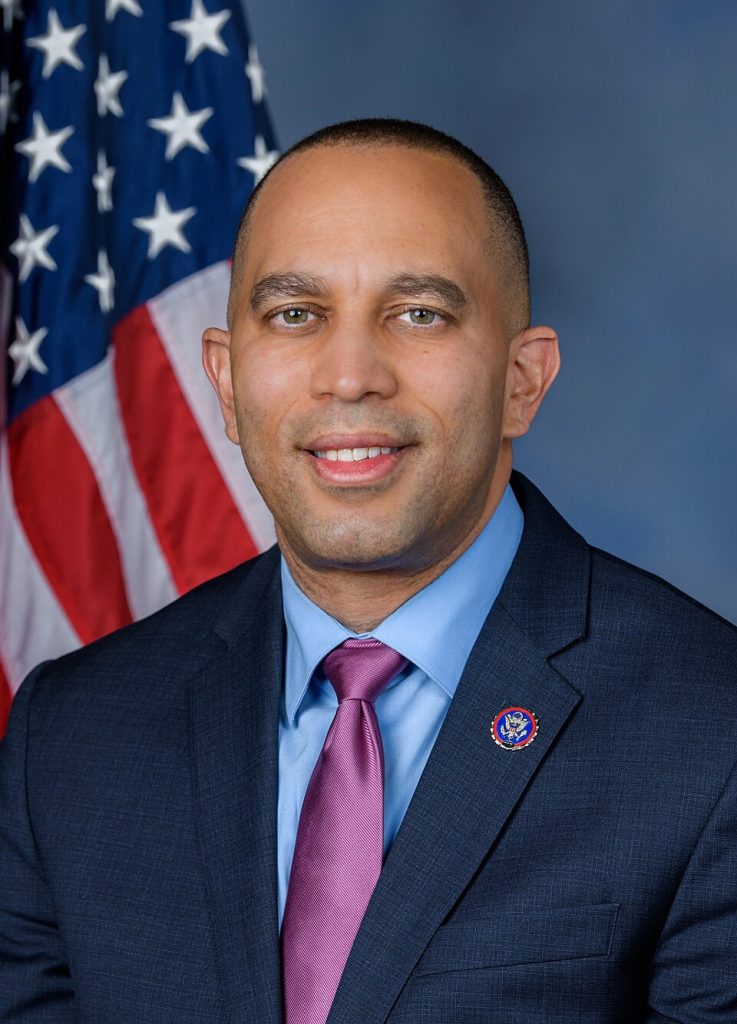
Senate Majority Leader has pledged a separate healthcare vote before year’s end but without guarantees of passage. House Minority Leader Hakeem Jeffries has filed a discharge petition to force a vote on a three-year subsidy extension, though it would require Republican support.

6. The Senators Who Broke Ranks
The eight senators who voted with Republicans include retirees and former governors. “Reopening the government so we could start negotiating on health care – that was a pretty critical factor,” Sen. Jeanne Shaheen said. Sen. Tim Kaine cited protections against mass federal worker layoffs as decisive. Others, like Sen. Catherine Cortez Masto, pointed to long food bank lines and collapsing tourism in their states. “These were lines that I hadn’t seen since the pandemic,” Masto said.
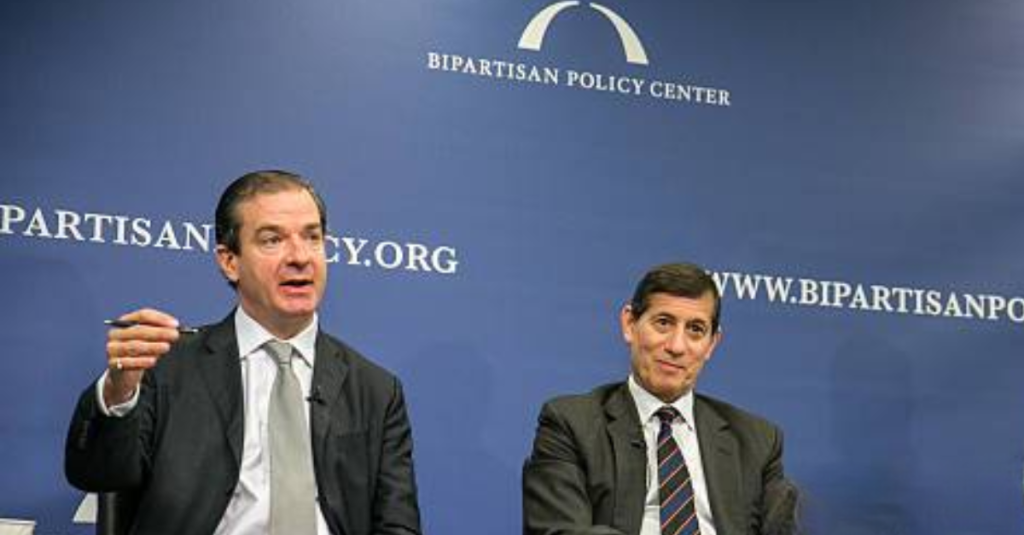
7. Historical Context and Recovery Patterns
According to the Bipartisan Policy Center, there have been 14 shutdowns since 1980, but this is the first to affect SNAP benefits. Past shutdowns, including the record 35-day closure in 2018-2019, cost the economy an estimated $11 billion, including $3 billion in permanent losses. Recovery almost always brings a “bounce-back” in GDP as delayed spending resumes, though extended closures deepen the permanent damage.
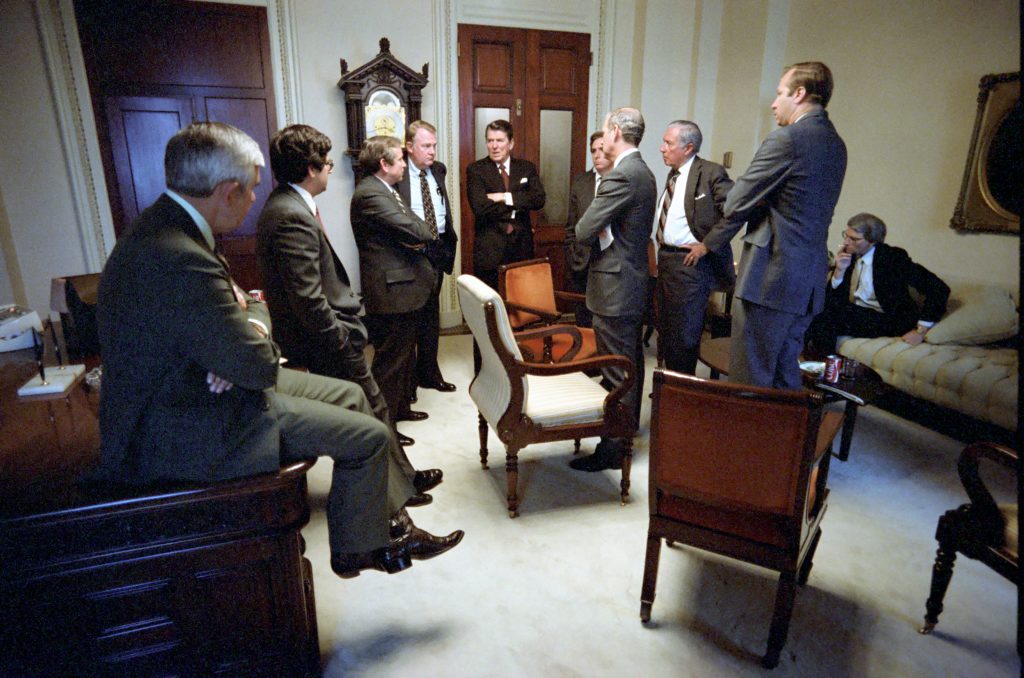
8. Shutdown-related anxiety
Experts also recommend attention to controllable routines: good sleep, exercise, and social contacts, as ways to reduce stress during political uncertainty. Historical patterns suggest even long shutdowns do end with some bipartisan compromise. That realization might also contribute to tempering anxiety, especially among federal employees and businesses directly affected. As the House readies to vote, the nation stands at the threshold of reopening: a threshold that will decide not just the resumption of government services but how quickly the economy bounces back and sets the tone of political debates heading into the next election cycle.


